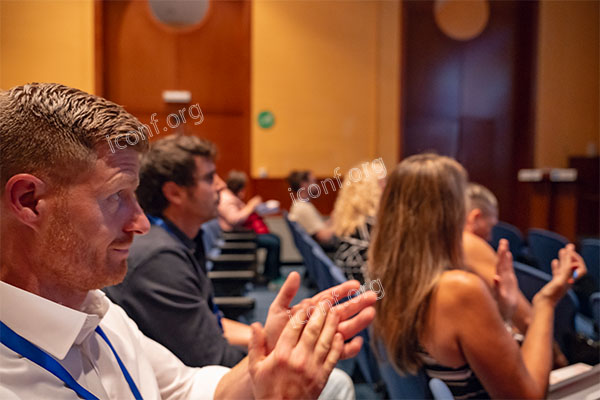Earth science research underpins our understanding of climate dynamics, natural hazards, and planetary processes. Calls for Papers (CFPs) enable you to:
Disseminate High-Impact Findings
Publish original work in areas like seismic imaging, geodynamics, and environmental geophysics to inform global research agendas AGU Publications.
Engage with Interdisciplinary Peers
Collaborate with experts in climatology, hydrology, and planetary science, fostering innovations across Earth system studies AGU Publications.
Advance Your Academic Profile
Peer-reviewed conference proceedings and special journal issues strengthen your CV for grants and tenure evaluations.

Contributors are invited to submit papers on, but not limited to, these themes:
Seismic Imaging & Tomography
Climate Change & Paleo-Climatology
Geohazards & Risk Assessment
Geochemistry & Biogeochemical Cycles
Remote Sensing & Environmental Monitoring
Planetary Geophysics & Space Science
Aligning your manuscript with current scientific challenges maximizes relevance and citation potential.
Rather than scouring multiple websites, use iconf.org, a centralized platform that:
Curates Global CFPs by discipline and deadline.
Ensures Credibility through verified academic partners and journals.
Streamlines Submission with direct links to organizers’ portals.
Visit iconf.org to filter Earth science CFPs by topic, date, and publication type.
Review CFP Scope Carefully
Confirm your research topic matches the CFP’s thematic focus and submission guidelines.
Craft a Concise Abstract
Summarize objectives, methodology, results, and implications in 250–300 words.
Adhere to Formatting Requirements
Follow word limits, citation styles, and figure resolutions as specified.
Highlight Novelty & Impact
Emphasize unique contributions and potential applications in Earth system science.
Proofread Thoroughly
Ensure clarity, coherence, and error-free text before submission.
Advance the frontiers of Earth science by responding to a CFP today. Browse current opportunities on iconf.org and take the next step in your research career.